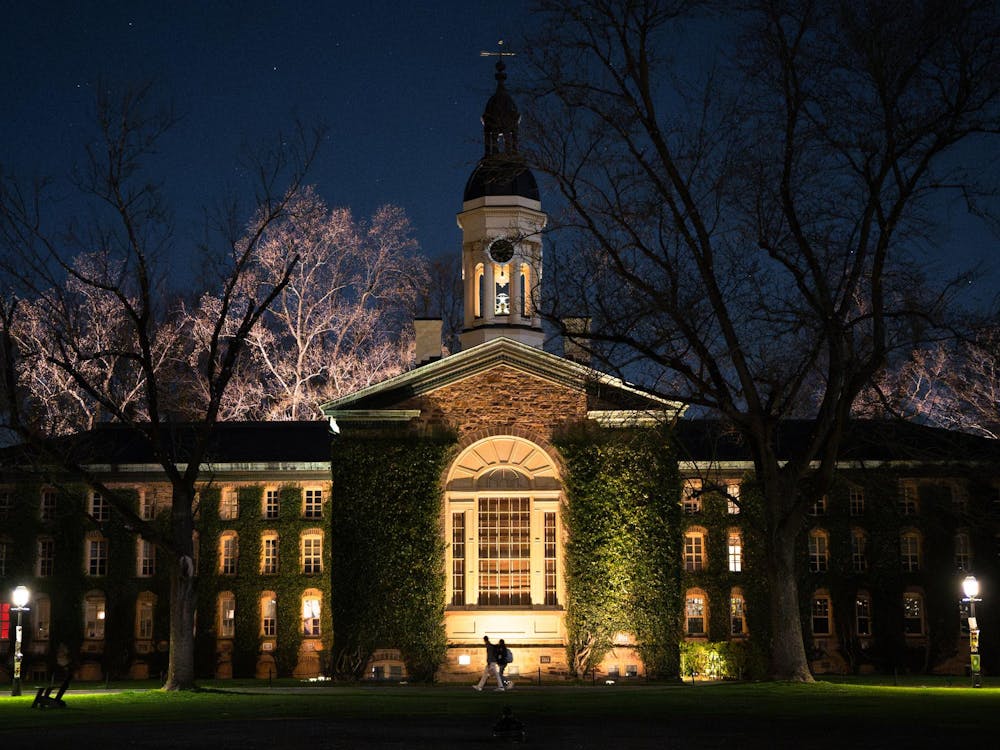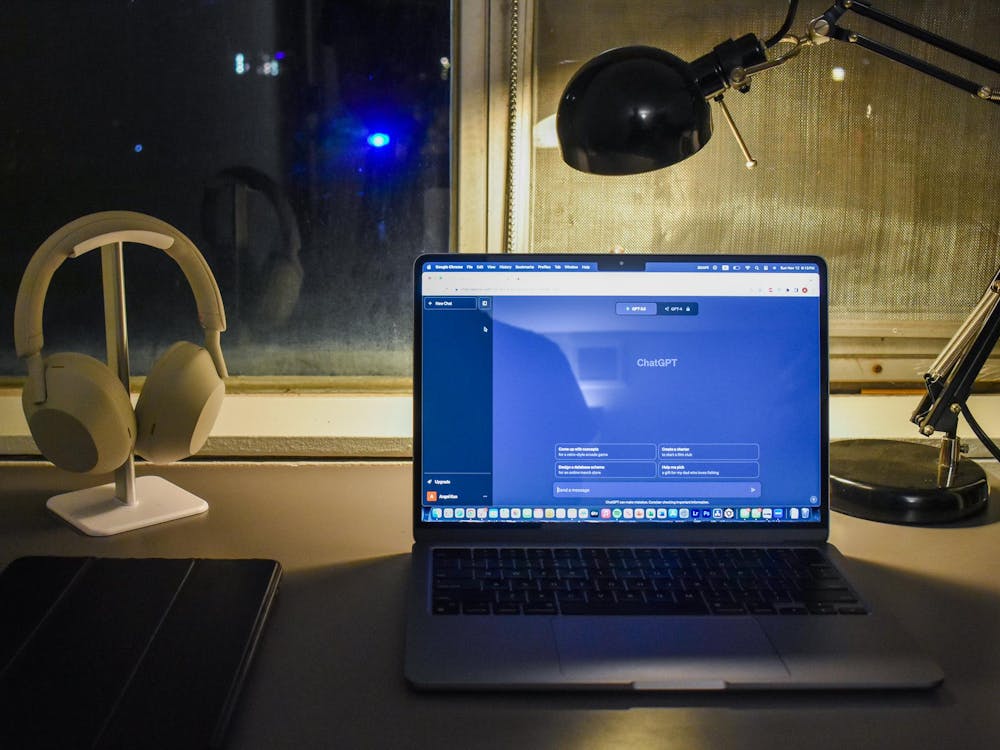This past Monday night, the third floor of the Frist Campus Center was bustling with activity as students studied for the week's upcoming exams. It was a typical night of midterm week, or so it seemed. But two flights down, a hazardous materials team was at work. After evacuating the entire first floor, a firefighter in a biohazard suit entered the building to collect a suspicious substance that had been found on one of the 100-level public access computers.
Whether the powder really contained anthrax, we will not know until this weekend, at the earliest. It most likely did not. But it is clear that in the wake of this incident, the University has been inconsistent and irresponsible in its reaction.
On Monday night, police and fire officials deemed the threat credible enough to send in the hazmat team. But there was no word from the University about what was going on. Hundreds of students in Frist that night would go to bed without knowing what had happened. There would not be any word on the incident until the 'Prince' posted the story on its website at 5:00 a.m. Tuesday. The University waited until 11:00 a.m. to address the issue officially. And when it did, it quietly posted the notice on the University homepage, instead of sending a campus-wide e-mail.
It is understandable that the University was afraid of causing panic, but leaving students in the dark overnight only contributed to alarm. In the midst of nation-wide fear, as Princeton's campus was possibly exposed directly to the crisis for the first time, there was no comforting word from a University administration that had, just a month earlier, publicized its sensitive and supportive response to the terrorist threat.
Despite calling in the hazmat team on Monday, in the following days, the University took the issue so lightly that it was not until yesterday that it took the simple step of advising students to report flu-like symptoms to McCosh Health Center.
Furthermore, the University has not aggressively attempted to debunk rumors surrounding the event. Local radio stations, including the popular WPST, have reported falsely that anthrax was definitely found in more than one University building. Again, the University has not clarified the facts of the case, and students, on the eve of their fall break, are left to wonder just what the truth is.
What happened on Monday night did not affect just one student or one office. It penetrated the heart of campus, the Frist center, where thousands of students, employees and visitors pass each day.
This was a situation that merited a response from the highest levels of the University. There was probably no threat in Frist that night, but the University community deserves to be kept informed about incidents of this potential magnitude.







